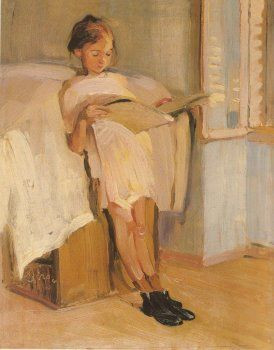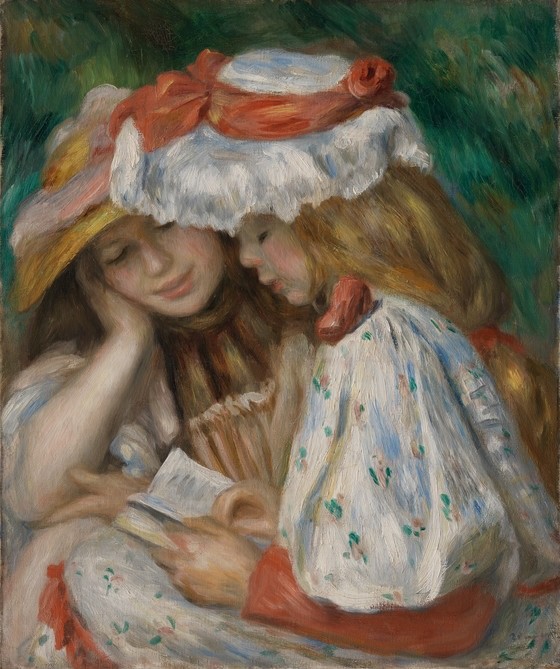I know I’m supposed to write that tests and testing are bad things. I’m in education, and we all hate testing, right?
Lately, there has been much to hate about it, of course. More and more school hours are devoted to testing and test preparation. Weighing the pig more frequently doesn’t make it any fatter.
But what about SATs and ACTs, the college admissions exams? This is the time of the year when there are lots of news articles about them. Especially this year with the new SAT upon us.
Unlike so many of my colleagues, generally I’m a fan of these exams. Research has consistently found that their use in college admissions improves those decisions (fewer kids are selected who fail out freshman year). The improvement is not great, 5% sticks in memory, but with 18 million kids going off to college that’s a lot of kids who won’t be sent off to schools likely to drop them after obtaining those hard earned tuitions.
Although there is a lot of interest in the cultural bias in testing, it has never been found as great as the cultural bias of college admissions officers who for years kept out blacks, Jews, women, Asians, etc. It is harder to argue that a black kid won’t make it given the crummy high school he went to, when he scores a 25 on the ACT.
This week the New York Times weighed in with an article about the new SAT. They wrote that, “educators and college admissions officers fear that the revised test will penalize students who have not been exposed to a lot of reading.” Straight-faced.
To me that sounds like a testament to the new SAT’s validity. Students who don’t read should be at a great disadvantage in college. Weird ideologies about fairness are tripping us up here. It is unfair that schools vary in quality, so that students may get more reading opportunities in some schools. It is unfair that not every child has parents who will switch off the TV, and ask questions about reading at the dinner table.
But, it is definitely not unfair to require high-level reading ability to get into higher-level education.
Last week, I spent several days working with students and teachers at a middle school in Montana. I taught several lessons in which I required 7th and 8th graders to read their math and science textbooks. The kids admitted that they had never actually done reading in math, and they were a bit reticent about it. But they stuck with it and were able to figure out a lot more than their teachers assumed they could.
Part of the problem was that these were excellent teachers whom I was working with. They could explain anything exceedingly well. They were skilled at anticipating what would trip students up and could avoid every stumble. If you’re that good at conveying information about math properties, coordinates and balanced chemical equations, why would you ever take a chance on kids reading the material on their own?
The problem with that, of course, is that the kids end up knowing some math and science, but they don’t develop any of the skills needed to be an independent scholar in a field of study. As one of the math teachers related to his students, “when I was in college the math professors didn’t “teach” the way that we teach you… they assigned problems and we would come back and ask questions.” In such an environment, if you couldn’t make sense of math text on your own, apply it to problems, and ask legitimate math questions, you simply would not succeed.
I had the kids working through 2-5 pages of math and science text, slower coverage than the teachers would have obtained had they just told the kids what it said. And yet, the amount of math learning was high—given that they were figuring out not just how the distributive property worked, but how to figure out how the distributive property worked as well.
If the teachers, and those who follow, were to require that kind of work 1-2 days per week through 12th grade, these kids would have 500-1000 pages of pre-college reading experience in those technical subjects alone; and if these students were telling me the truth, that would be 500-1000 pages more technical reading than they are doing now. And, yes, teachers could require even more than that.
I grew up in a working class community, in which most kids did not go to college. There were a few “college prep” courses available at my high school, but I didn’t even come close to qualifying for any of those. I definitely wasn’t going to be asked to read books like, Portrait of the Artist as a Young Man, as those students did.
But I was hungry to go to college. At the time, I found a list of books that college-bound students should read; the canon. Read them I did. I’m not claiming that I got as much out of reading Moby Dick or Microbe Hunters on my own at 16 as I would have under the tutelage of a good teacher (or as I have upon rereading them as an adult), but trying to understand such touchstone texts pays dividends.
Given that, it is good to see that the SAT has aligned itself with such reading. That is the kind of reading that should enable one to do well in college. It may be fun to read Tina Fey’s Bossypants (the American Library Association actually recommends it for college prep), but such reading isn’t likely to help one to succeed in Introduction to the Theory of Literature.
The Times might be right that educators are worried that college entry is going to become biased against those not prepared for college. I think it’s about time.







Comments
See what others have to say about this topic.